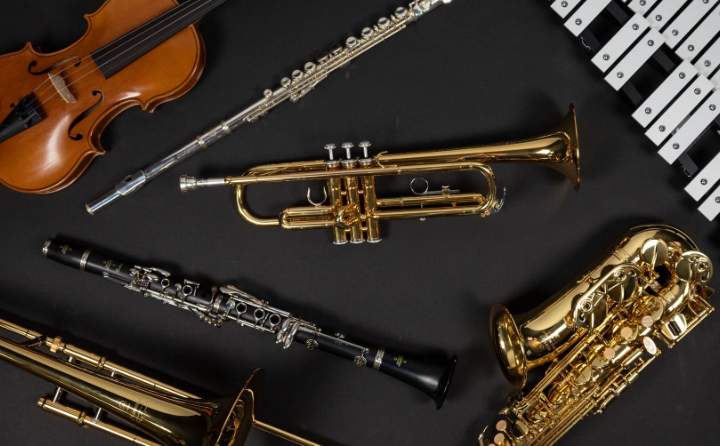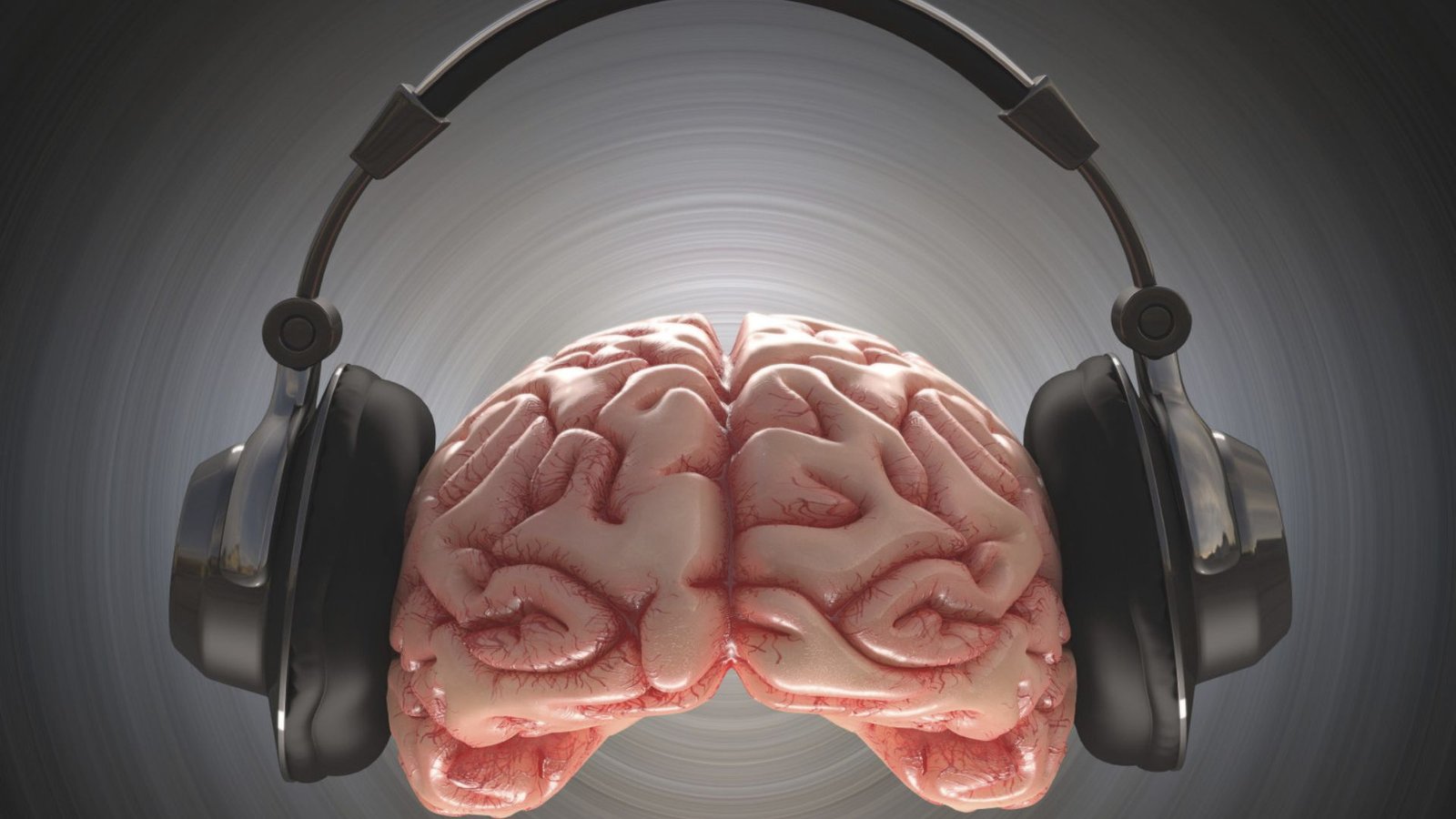Music genres include a variety of sounds and styles, bringing together different rhythms, melodies, and cultural influences that people worldwide enjoy. Embark on a musical journey as we navigate the diverse landscapes of music genres, each with a unique melody contributing to the rich symphony of the global music scene. From the foot-tapping rhythms of pop to the soul-stirring tunes of classical, we delve into the evolution, characteristics, and cultural influences that define each genre in this immersive guide.

Music Genres: A Dive into Unique Melodies
1. Pop Music
Explore the infectious beats and catchy hooks of pop music, a genre that transcends borders and dominates charts worldwide. Uncover the evolution of pop, from the Beatles to contemporary icons, and its influence on mainstream culture.
2. Rock Music
Dive into the rebellious spirit of rock music, tracing its roots from blues and jazz to the iconic eras of classic rock, punk, and alternative. Examine the guitar-driven anthems and the cultural impact of rock’s legendary figures.
3. Hip-Hop
Witness the cultural revolution sparked by hip-hop, from its Bronx origins to becoming a global phenomenon. Explore the genre’s lyrical prowess, sampling techniques, and the socio-political narratives that have made hip-hop a powerful voice.
4. Jazz
Immerse yourself in the sophisticated world of jazz, tracing its history from New Orleans to becoming a genre of innovation and improvisation. Explore the distinctive styles of jazz legends and their enduring influence on other music genres.
5. Classical Music
Step into the refined realm of classical music, exploring the works of Mozart, Beethoven, and Bach. Uncover the intricacies of symphonies, operas, and the enduring appeal of classical compositions that continue to resonate.
6. Electronic Dance Music (EDM)
Feel the pulsating energy of EDM, a genre driven by electronic beats, drops, and synthesizers. Delve into its sub-genres, from techno to dubstep, and the impact of electronic music on contemporary dance culture.
7. Country Music
Saddle up for a journey through the storytelling prowess of country music. From the roots of folk and blues to the modern sounds of Nashville, explore the themes of love, heartache, and rural life in country tunes.
8. R&B
Indulge in the smooth and soulful rhythms of R&B, a genre that marries rhythm and blues with elements of pop and hip-hop. Explore the evolution of R&B and the vocal prowess of its influential artists.
9. Reggae
Feel the laid-back rhythms and rebel vibes of reggae, born in Jamaica and embraced globally. Explore the cultural impact of reggae, from Bob Marley’s messages of love to its influence on genres like hip-hop.
10. Blues
Trace the emotional journey of blues music, originating in the American Deep South. Explore the heartfelt expressions of pain, resilience, and hope through the soulful sounds of blues guitar and vocals.
11. Metal
Dive into the intense and energetic world of metal, from the thunderous riffs of heavy metal to the complexities of progressive metal. Explore the sub-genres and the dedicated fanbase that defines the metal community.
12. Folk Music
Uncover the storytelling traditions embedded in folk music, a genre that spans cultures and generations. From acoustic ballads to protest songs, explore the simplicity and authenticity of folk melodies.
13. Indie Music
Celebrate the independent spirit of indie music, where artists embrace creative freedom outside major label constraints. Explore the diverse sounds and grassroots movements that characterize the indie scene.
14. World Music
Embark on a global musical odyssey with world music, where diverse cultures converge in a harmonious blend of traditions. Explore the rich textures of instruments and rhythms that define this multicultural genre.
15. Punk Rock
Feel the raw energy and rebellious spirit of punk rock, a genre born out of counterculture movements. Dive into the DIY ethos, fast tempos, and socially charged lyrics that define punk’s unapologetic attitude.
Conclusion
As we conclude our exploration of music genres, it becomes evident that each genre is a unique thread in the rich tapestry of global sound. From the iconic beats of pop to the experimental sounds of indie, music transcends boundaries, connecting people through shared emotions and experiences. Whether you’re tapping your foot to a catchy pop tune or contemplating life through the emotive strains of classical music, the world of music genres awaits with an endless array of melodies, rhythms, and stories waiting to be discovered. So, tune in and let the symphony of genres guide you through a sonic journey like no other.








